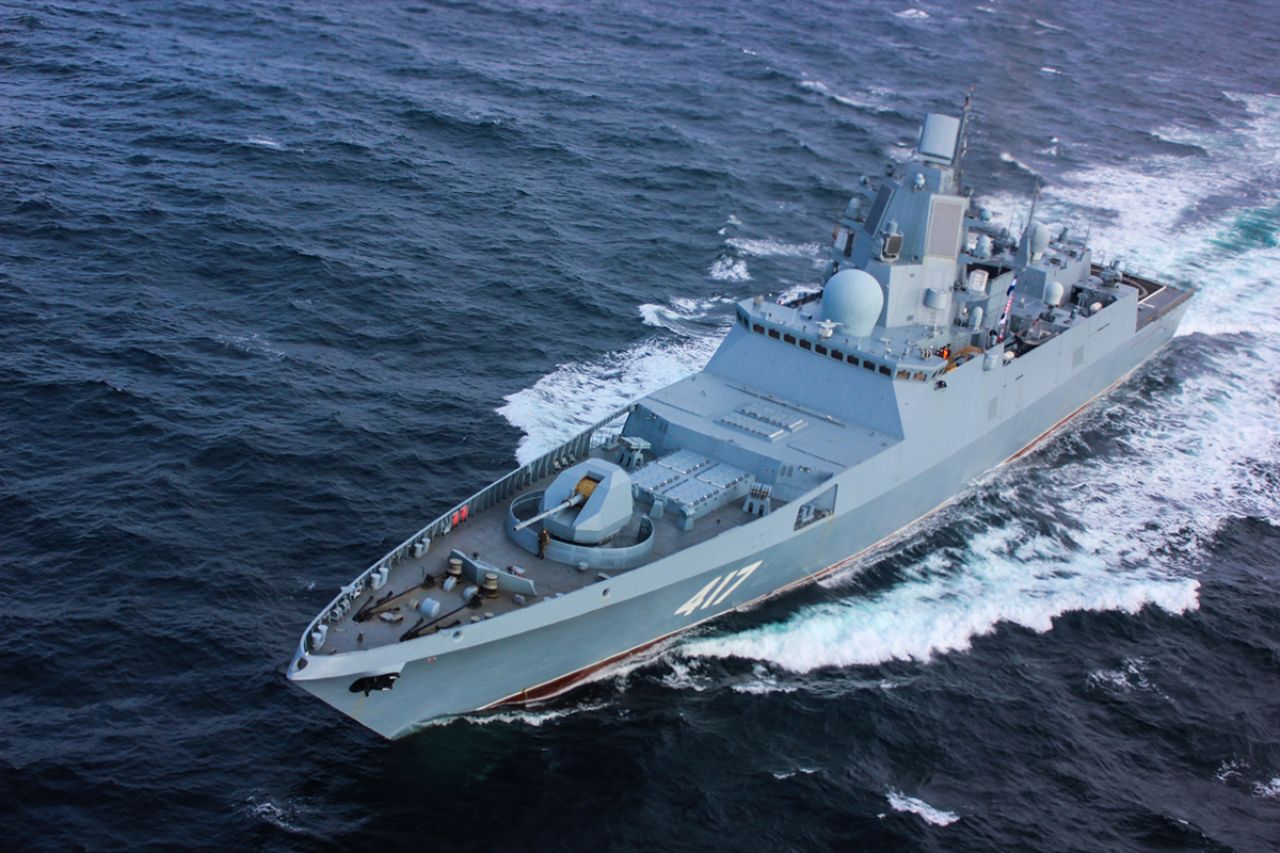
Russia has tested its Tsirkon hypersonic cruise missile from a frigate as it plans to arm surface vessels and submarines with the missile system.
The Tsirkon missile was fired from the Northern Fleet’s frigate Admiral Gorshkov in the White Sea to hit a target located at a distance of 450km in the Barents Sea.
According to a TASS report, Chief of Russia’s General Staff Army General Valery Gerasimov informed Russian President Vladimir Putin in a video conference that the missile had hit its intended target.
Gerasimov was quoted by the Russian news agency as saying: “The tasks of the launch were fulfilled, the test-fire was recognised as successful and the missile was registered to accurately hit the target.”
The missile reached a hypersonic speed of more than Mach 8 and hit the target in around four and half minutes.
The development of the Tsirkon shipborne system with a hypersonic missile began in 2011, while flight tests commenced in 2015.
President Putin said last year in a speech that the work was proceeding as scheduled. He added that the missile will be capable of generating a speed of about Mach 9 with a strike range of around 1,000km.
Russia used a 3S-14 universal shipborne launcher to fire the hypersonic missiles.
Gerasimov added that the flight tests of the Tsirkon hypersonic missile will continue.
Earlier, it was reported that Russian Navy will be equipped with a new generation of hypersonic nuclear strike weapons and underwater nuclear drones.



